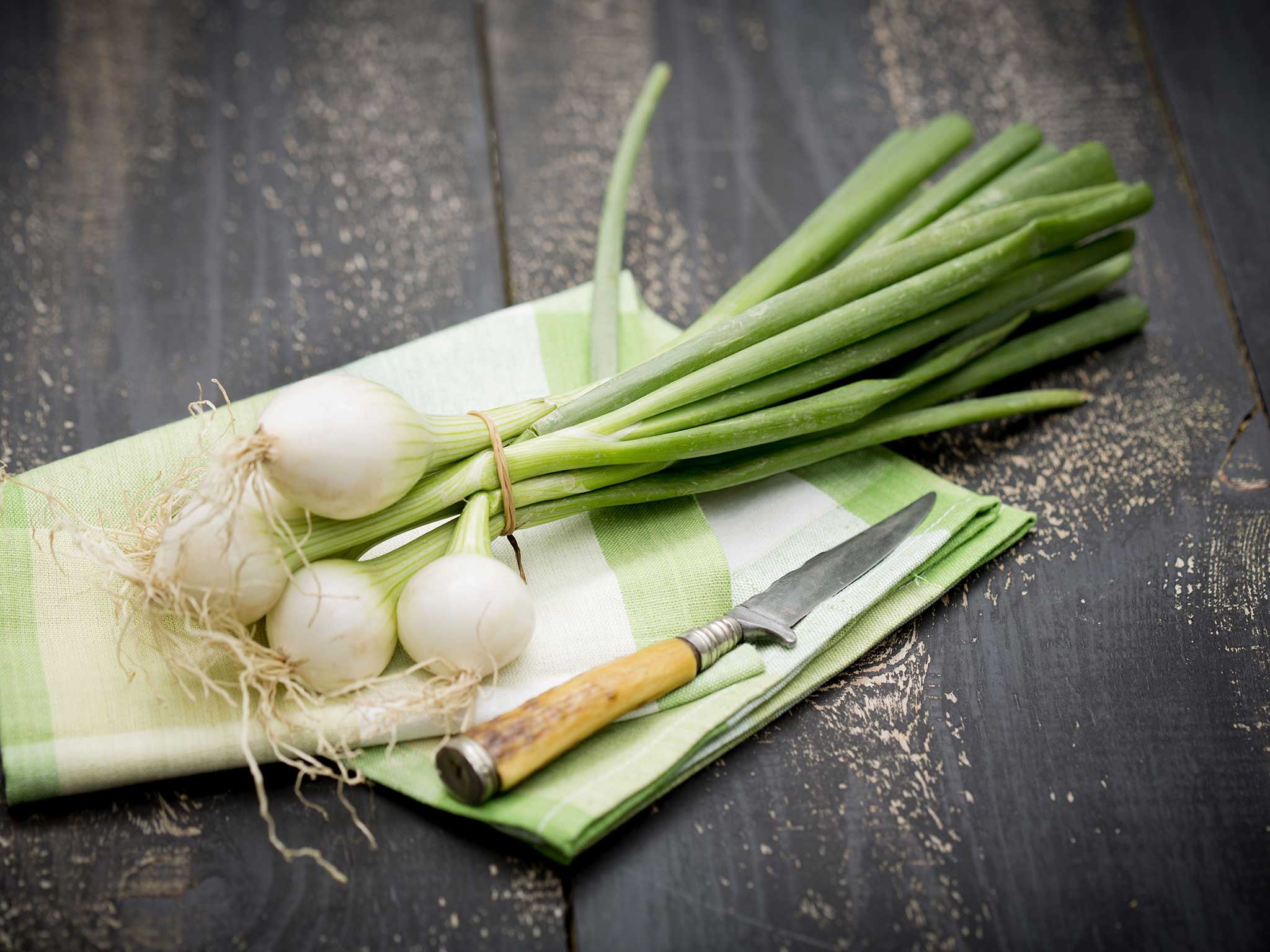Artificial muscles can be made by covering onions in gold, scientists say
Discovery could be used to make robots with muscles like ours, as well as for healthcare treatment

Onions might one day be used to create artificial muscles, after scientists found that painting the vegetable’s skins gold makes them stretch and flex like real tissue.
The discovery could eventually help scientists create artificial muscles for robots, as well as having uses for healthcare.
The discovery works as a result of the unique way that onion skin’s cells are put together. Like real muscles, onion skin can stay soft and bendy even when it’s contracting — a quality that has been difficult for the makers of previous artificial muscles to emulate. And it does so much more cheaply than previous solutions.
In their tests, scientists took a single layer of skin cells from the onion, and washed it, reports the Smithsonian Magazine. It was then freeze dried so that the water would be removed while leaving the cells as they were. That made the onion skin brittle, so it was treated with a special protein that made it stiffen.
To make the skin move like muscles, scientists applied electricity to it using special equipment. That meant painting the onion skin gold so that it could conduct current.
When that electricity was applied at different voltages, the onion moved like real muscle. And by applying different voltages to the bottom and top, scientists were able to control how they bent and pushed them downwards, again like the way human tissue moves.
At the moment, controlling the muscles means using high voltages, which is a problem for the concept. If the artificial muscle is to be successfully controlled by computer chips and little batteries — as it would need to be in many applications — it must work at much lower power levels.
“We will have to understand the configuration and mechanical properties of the cell walls better to overcome this challenge,” one of the leaders of the project told the Smithsonian Magazine.
Other challenges include making sure that the onion skin can stay durable. Though the gold kept the onion shielded, moisture can get in and stop the skin working properly.
But the onion skins also overcome other problems that have faced people making artificial muscle before. They have tended to use live muscles, but they need to be kept alive — which using vegetable tissue avoids.
The researchers behind the project have described their findings in Applied Physics Letters.
Subscribe to Independent Premium to bookmark this article
Want to bookmark your favourite articles and stories to read or reference later? Start your Independent Premium subscription today.

Join our commenting forum
Join thought-provoking conversations, follow other Independent readers and see their replies